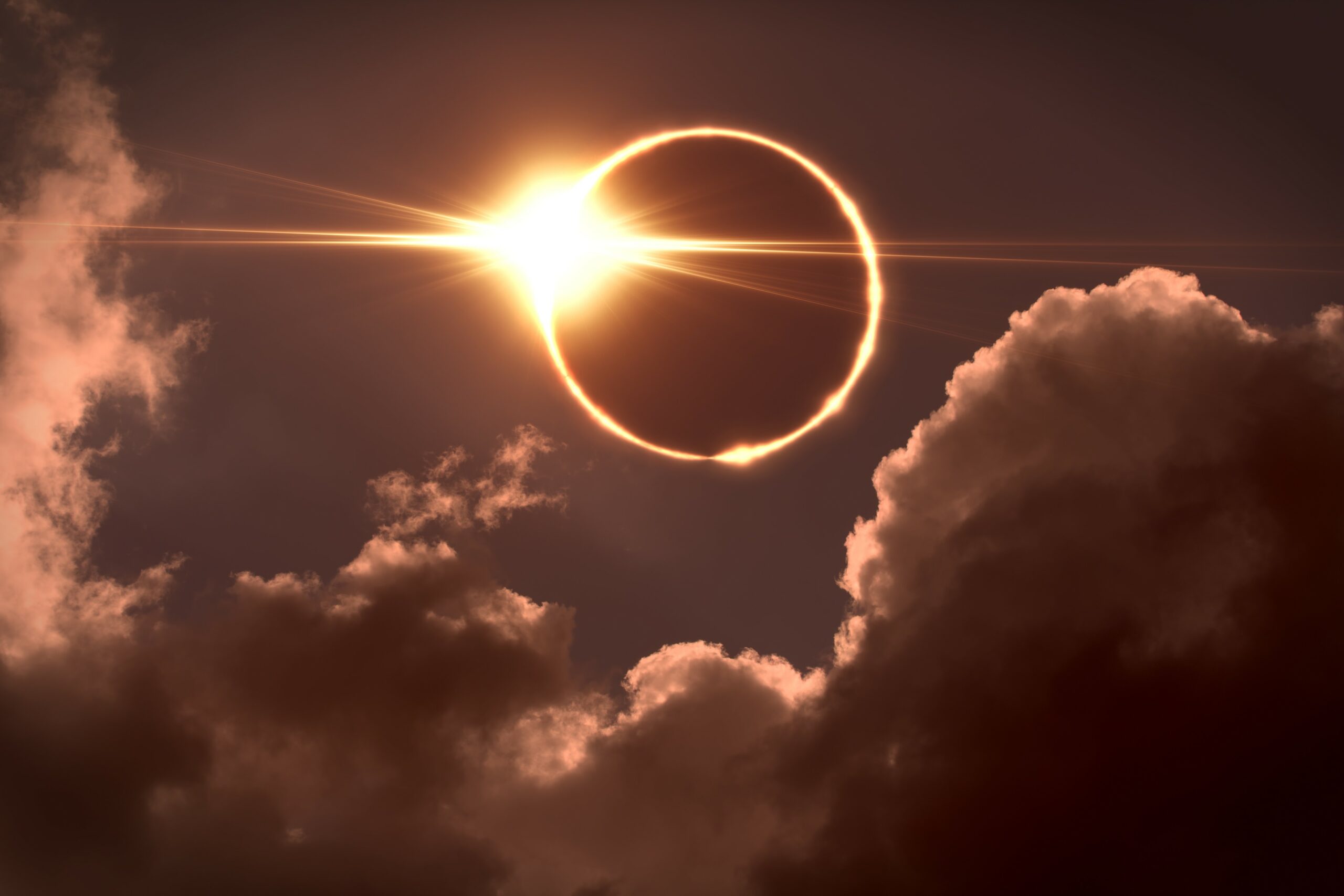
Heavy Rain, Flooding, and Chance of Severe Weather Staring Down the Southern U.S.
January 22, 2024
Posted: April 10, 2023 1:00 pm





North America is just one year away from being treated to a total solar eclipse. The much-anticipated event will happen on Monday, April 8, 2024. The awe-inspiring spectacle will happen as the sun, Earth, and moon align to plunge a large section of the country into darkness during the middle of the day.
Unlike the total solar eclipse of 2017, the 2024 event will cross through more major metropolitan areas. This will give millions of Americans the chance to witness the once-in-a-lifetime viewing opportunity.
Cities in the path of the 2024 eclipse include San Antonio, Austin, Dallas, Indianapolis, and Cleveland. The total darkness will also happen within a few hours drive of cities such as St. Louis, Chicago, Philadelphia, and New York City, giving even more Americans a better chance to see it for themselves.
If seeing this natural wonder is a priority for you in 2024, you are going to want to consider several factors. Weather is always a top consideration when planning your eclipse watching destination.
While it will be impossible to predict with certainty the forecast more than a few days out, you can look at historical patterns to determine what location will give you the best odds of enjoying clear skies.
When examining historical weather data as it relates to the path of totality, the best odds for seeing the eclipse will happen in Texas. The Lone Star State has a greater chance of enjoying a cloudless sky. You will see a higher chance of clouds as you move farther to the east and the north.
If seeing the total eclipse is important to you, it is a good idea to have a few options in mind and then make a final decision in the days leading up to the event.
Waiting until the last possible minute to decide where to travel to see the event will give you the chance to make an informed decision based on the current weather forecast.

Another factor to consider is the duration of the eclipse in specific areas. The good news is that totality will last significantly longer in 2024 than it did in 2017.
However, this length will vary between destinations. In general, your odds of experiencing the beauty of totality will increase if you are watching in an area with a longer duration.
The longest area of totality will happen in Texas in a zone located to the northwest of Austin and southeast of the Dallas-Fort Worth Metroplex.
This area will see the eclipse linger for 4 minutes and 20 seconds. The totality phase will last 3 minutes and 50 seconds in Dallas and only 1 minute and 40 seconds in the capital city of Austin.
Moving to the northeast, totality will last 3 minutes and 50 seconds and Cleveland before it grows shorter heading into New England. This compares to a total maximum eclipse time of 2 minute and 40 seconds during the 2017 eclipse.
Although only a particular zone of North America will be lucky enough to experience the total eclipse, nearly the entirety of the continent will see at least a partial solar eclipse for a few hours. The only place that will not get in on the action will be Alaska.
It may take some extensive planning to view the total eclipse if you live in an area where totality will not happen. Some areas are already booked for the days surrounding the event.
Onlookers will also need to consider logistical aspects such as having enough supplies to camp out and find the best viewing spot.
Traffic may also be a significant issue for those hoping to participate. Do not expect to simply drive into the path of totality. As the eclipse of 2017 demonstrated, the traffic immediately after the event created many chokeholds throughout the country.
Another logistical aspect to consider will be to plan ahead and procure eclipse glasses. It is not safe to ever look at the sun directly. You can expect demand for these special glasses to increase exponentially in the weeks leading up to the big day, making it important that you plan ahead.
Be sure to make sure to purchase these glasses from a reputable vendor. Not all glasses meet the necessary safety standards. The label ISO 12312-2 designates glasses that have the appropriate solar filters.
It will be quite some time before the next total solar eclipse happens across the contiguous U.S. You will have to wait until August 22, 2044 for the next big eclipse. Fortunately, another total solar eclipse is on deck for August 12, 2045.
Did you find this content useful? Feel free to bookmark or to post to your timeline for reference later.

January 21, 2024

January 19, 2024

January 18, 2024